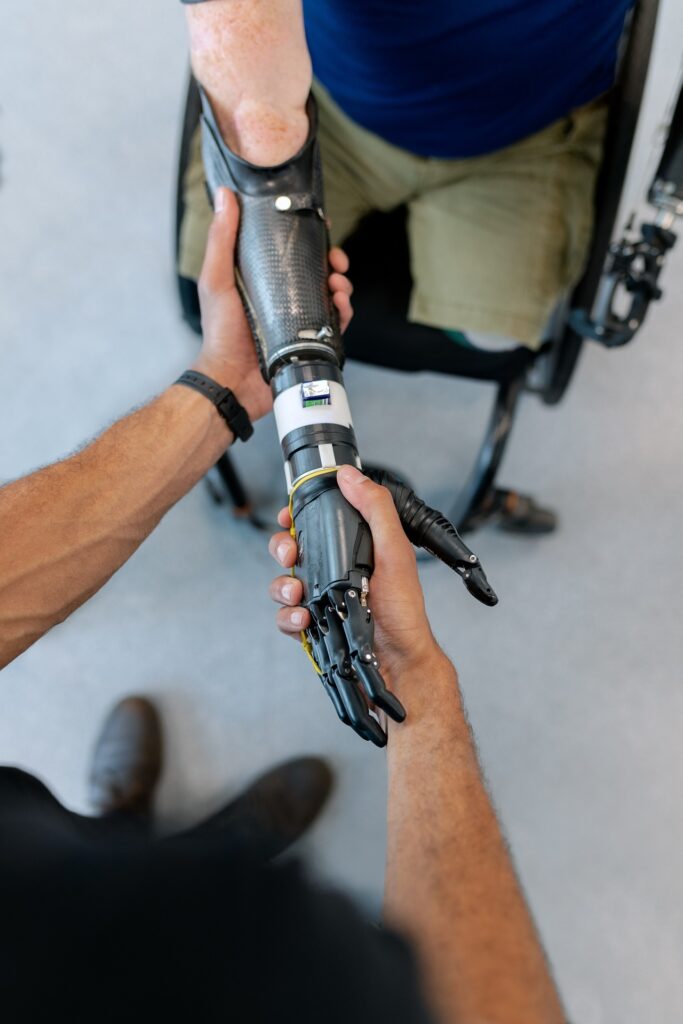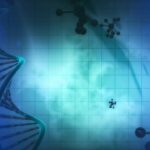
Biomedical progress has been quite remarkable in recent years, with high-tech solutions helping to save lives even in the most challenging circumstances. Biotechnology is a revolutionary field of science that has enabled incredible breakthroughs, and it’s essential for continued medical advancement.
The sciences of the 21st century have been complexified due to a clustering effect. This means that today, many different specialties are merged together in science. For example, biotechnology consists of biology, genetic engineering and genetics all incorporated into one field.
Biotechnology is the utilization of living organisms, their components (DNA, microorganisms, cells and their parts) and metabolic products to create a variety of goods as well as solving technical issues.
Today, biotechnologists have three main areas of work:
- Agriculture, in particular the creation of genetically modified organisms (GMOs);
- Energy and industry, such as obtaining biofuels or producing substances capable of degrading toxic waste;
- Specialists in the field of biotechnology are working on creating medicines to treat severe and incurable diseases.
Products and preparations invented by biotechnologists are marked with distinct colors:
- Green products are being developed to support human health and eliminate dangerous diseases. To do this, modified plant species and products with high protein and microelement content are created;
- Red: This is mainly about the latest drugs invented by pharmacologists; these medicines are designed to fight dangerous diseases;
- White: Minimizing the human factor in the creation of biofuel to avoid harming the environment;
- Blue biotechnology uses marine organisms. Scientists’ task is to create raw material groups that protect the environment and humans to the greatest extent possible.
Biotechnology for health
Biomedicine is a primary focus for biotechnology and its experts are working on revolutionary projects. This can range from developing new medications, isolating and cultivating stem cells for cell therapy, restoring damaged tissues & organ or studying aging processes or cellular malignancy. Gaining a better understanding of the molecular makeup of the disease has enabled advancements like gene therapy and cell engineering. It is through further exploration that we can push the boundaries of medical research.
What exactly is happening in the biomedical industry?
BiondVax, backed by the European Union and Israeli government, have developed the world’s first universal flu vaccine. The final clinical trials have now been initiated and are expected to be completed at the end of 2018. Vaccines are composed of certain antigenic elements that are perceived by immune cells (epitopes). In general, nine common epitopes are incorporated into the vaccine formulation. Company representatives have revealed that with the universal vaccine, individuals will be safe from annual, seasonal flu as well as pandemics.
Gene editing is gaining a lot of attention lately due to its potential in treating diseases. In 2018, Sangamo Therapeutics reported a first-time use of gene-editing enzymes on a patient with difficulty in digesting tough sugars. This has opened wider possibilities for the use of gene editing in healthcare. As a physician, I cannot assess the research until it is verifiably safe for the wellbeing and safety of patients.
We are entering an era of quantum technologies where our bodies can be connected to a computer. Elon Musk’s Neuralink is leading in this race, by creating microscopic brain-computer interfaces. With these implanted particles, our brains will be able to access the internet as well. A group of six neurons with 192 electrodes connected to them is implanted in the brain through a robot-assisted surgical procedure. This connection literally provides a direct link between the human brain computer system.
Bleomycin, a drug used as part of cancer treatment, was developed because of studies that looked at the effect of bacterial cultures on oncology. It has been found to be successful in halting the growth of malignant tumors in the body. The drug was derived from Streptomyces verticilliis, a microorganism with a glycoprotein structure. It works in two ways: it enters tumor cells and disrupts the process of RNA and DNA mutation, making them unable to replicate themselves.
For decades, scientists have made huge strides in biotechnology and discovered thousands of antifungals, antibacterial, hormone-containing drugs. This groundbreaking knowledge has been beneficial to the medical industry.
Antibiotics are not only used to fight off infections, but also to stop bacteria from developing resistance to medications. They can disrupt the microorganisms’ processes so that they don’t become immune to drugs. Biotechnologists have been researching liver diseases and created a drug using amino acids, glutamate, aspartate. Combining this medication with sodium potassium has had positive results on the functioning of the heart and pancreas.
Currently, medical science is shifting towards biologization. This means molecular biology; cell biology tissue engineering is being used to grow or modify human cells outside the body create products based on that. The advances in medicine have enabled the regeneration of vital structures such as the heart, liver and nervous system. Furthermore, ophthalmology also has made some remarkable progress in understanding diseases related to eyes.
Bioengineering in ophthalmology
Over the past two decades, the healthcare sector has seen significant advancements bringing better care to patients through genetic engineering, cellular therapy, immunology, and digital technologies.
The field of ophthalmology has seen a lot of progress in recent years with new technologies being developed that can help improve a person’s sight. These advancements have revolutionized the way people view eye care and have drastically changed how doctors are able to help patients:
The advancement in the field of bioprosthetic and development of bionic eye have enabled people to restore vision which was earlier difficult or impossible to achieve.
Femtosecond technology has allowed ocular refractive surgery, such as myopia and astigmatism correction, to be done in a mere 25 seconds with the ReLEx SMILE procedure.
Microscopes with 3D visualization and ultra-thin instruments are the latest in surgical technology. They allow for unprecedented accuracy and comfort for the surgeons, making their job much easier and more precise.
Pharmaceuticals can be delivered accurately into the cavities and cells of the eye through advanced techniques, enabling the improvement of ocular health.
Spectral tomographs create clear visualizations of intricate structures in the quickest amount of time, bringing outstanding results.
With the advancements in technology, 3D printed or grown biological tissues have the potential to replace fabrics that are deteriorating over time. Eventually, this solution could become more widespread and a viable way of replacing worn-out fabrics.
Multifocal lenses can be used to replace glasses and restore someone’s clarity of vision and sense of contrast. The wearer will no longer have to worry about constantly adjusting or wearing glasses.
An electronic eye that provides ongoing vision support and navigational assistance in space is becoming increasingly common. This technology helps preserve residual vision and enables one to orient themselves in their environment.
Bionic eye prostheses have revolutionized the way we treat blindness. It can restore vision by mimicking the natural electrical signals in a person’s eye, making it a truly remarkable advancement in modern science. In 2012, the Argus II retinal prosthesis was approved in Europe and subsequently in the United States a year later. This system, developed by an American project and named Argus, became commercially available after its successful evaluation.
Last modified: April 11, 2023

